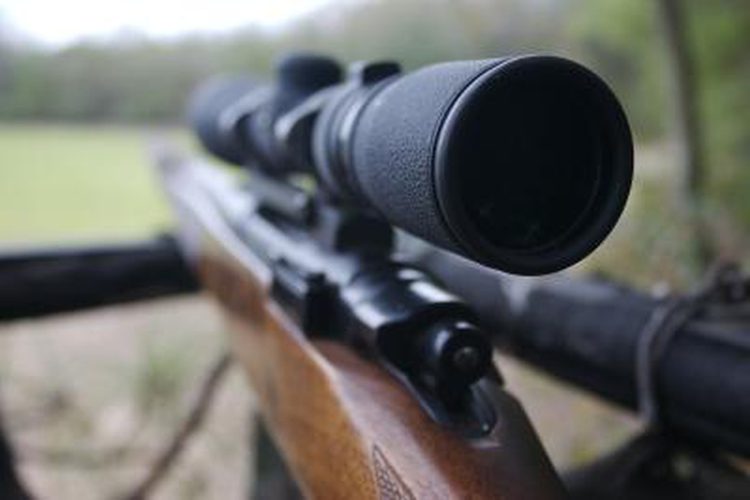At what range do you zero your hunting rifle? Do you know? I hear people recommend two inches high at 100 yards. But is that correct?
An archer knows where his arrow will hit at every pin on the sight. The rifleman should know his or her rifle’s trajectory equally well. But, at close range, we should use a zero that allows us to hold dead on the target without worrying about holdover. We call this “point blank range.” Knowing our point blank range will help us establish the correct zero distance.
We’re going to use a target size of six inches. This is about right for a true vital shot on a whitetail or a similar-sized animal. We want to determine at what range we can zero our rifle where our bullet’s path never travels outside the six-inch target range (i.e. no more than three inches above or below the point of aim). Picture a six-inch pipe that we have to shoot through to visualize what I’m talking about.
Using a ballistic calculator such as Hornady’s, enter the data for your rifle, and load and play with the numbers until you get the results that you want. I ran the data on my 6.5 Creedmoor with 140gr. AMAX factory ammo and came up with the following:
At 100 yards, my point of impact will be 1.75 inches above the point of aim. At 200 yards, my point of impact and my point of aim are the same. This will be my zero distance. At 250 yards, my bullet will drop three inches.
Two hundred yards will be my hunter’s zero, and 250 yards will be my maximum point blank range. Any further, and I will need to compensate for the drop of the bullet as it will fall outside of our six-inch pipe.
Every cartridge and load is a bit different. For example, my 7mm Remington Magnum with 162gr. SSTs shoot flat enough that my hunter’s zero is at 250 yards, and my maximum point blank range is 300 yards. Run the numbers on your rifle and load combination to find out where your hunter’s zero should be.

